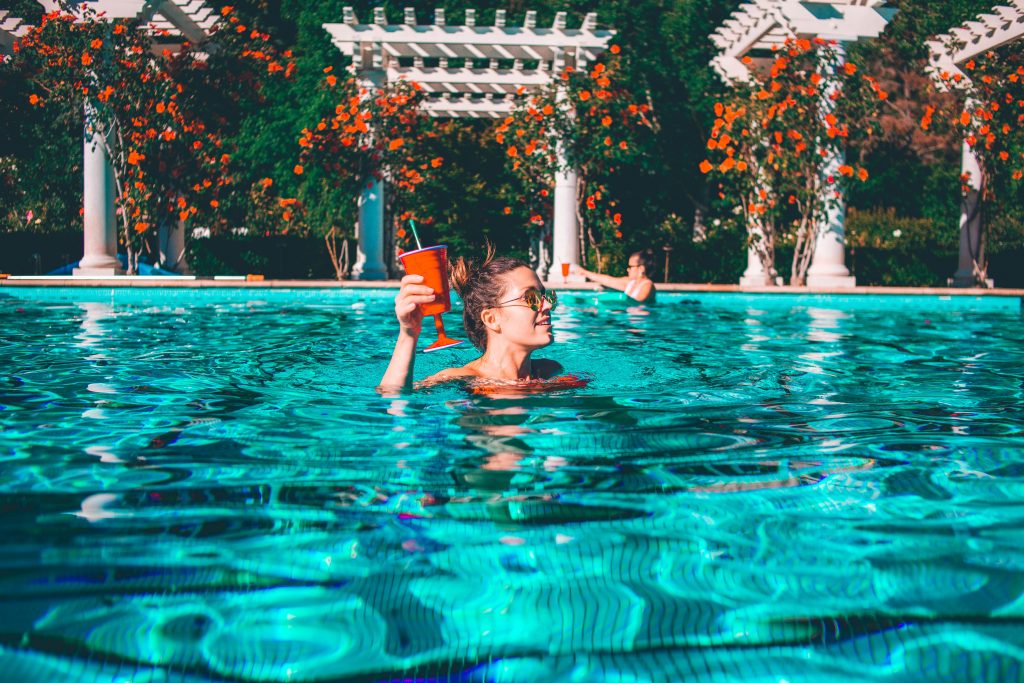
SUMMER DRINKING: HEALTHY REFRESHER
I’m not much of a drinker, but there’s something about an ice-cold watermelon margarita that is incredibly luring, especially on a hot and humid summer day when all you want to do is stay in the shower or stand in front of your fridge with the door wide open.
As enticing as the idea of drinking may be in the summer, it comes with heightened danger and consequently, added responsibilities. In the US, a driver with a 0.08 blood alcohol concentration (BAC) is legally defined as drunk. That having said, a BAC of 0.02 is enough to impair our ability to track a moving target and perform two tasks simultaneously, while a BAC of 0.05 (equivalent to approximately 2.5 drinks in an hour) can cause us to lose small-muscle control. While these facts are the same regardless of the time of year, there are additional important points of consideration during the summer.
Perhaps the biggest risk in the summer that comes from hot weather activity is heat illness. As a diuretic, alcohol promotes dehydration by preventing the reabsorption of water into the bloodstream. This, combined with sweating in the sun can create a severe lack of water in our bodies, in addition to interfering with our bodies’ abilities to regulate their own temperatures via homeostasis. Heat illness occurs in three stages; the first includes heat cramps caused by a loss of sodium due to sweating, the second is heat exhaustion caused by dehydration, and the final stage is heatstroke, which can lead to shock, organ failure, and even death. The best way to combat heat illness is by drinking water even when you aren’t thirsty. If planning to exercise in the sun, it’s necessary to drink between 16 to 32 ounces of cool, non-alcoholic fluids every hour. That having said, try to stay away from beverages that contain large amounts of sugar that can contribute to dehydration, and extremely cold drinks, which can cause stomach cramps.
Another point of consideration when indulging in a drink or two under the summer sun is the type of activities we can, and probably should not partake in. When impaired by alcohol, we tend to misjudge swimming distances, how cold a body of water is, and when it’s safe to operate a motor vehicle. As a result, it might be a good idea to avoid swimming immediately after drinking and necessary to wear a life vest on open water. Moreover, just like we would designate a driver on land, it’s essential to do the same when boating, as a sober presence will not only maintain the smooth operation of the boat but will also ensure that any drinkers on board remain safe.
Additionally, as is the case even when not drinking, it’s always a good idea to wear lightweight, light-colored, and loose-fitting clothes, and to put on sunglasses and apply sunscreen with SPF 15 or higher throughout the summer. If drinking, it’s always a good rule of thumb to eat more frequently and search for areas of shade that will help the body cool down, and for the heart rate and the breath to return to their normal pace. If traveling overseas, it’s generally a good idea to stick to established brand names when purchasing alcohol, as labels in foreign languages can be difficult to understand, which might lead to a wrong, or at times, dangerous purchase, especially if the local brand is not a very reputable one. Finally, it’s best to give the body a rest for 48 hours and a chance to recover before treating yourself to another round of drinks.
While healthcare professionals and many online resources will tell you to avoid drinking in the summer altogether, we’re well aware that that’s not the most realistic advice. Instead of forbidding it to ourselves altogether and perhaps feeling guilty about indulging, later on, we prefer being in the know and treating ourselves (safely) every now and then.
http://credit-n.ru/zaymyi-next.html
http://credit-n.ru/zaymyi-next.html
http://credit-n.ru/zaymyi-next.html
http://credit-n.ru/zaymyi-next.html





